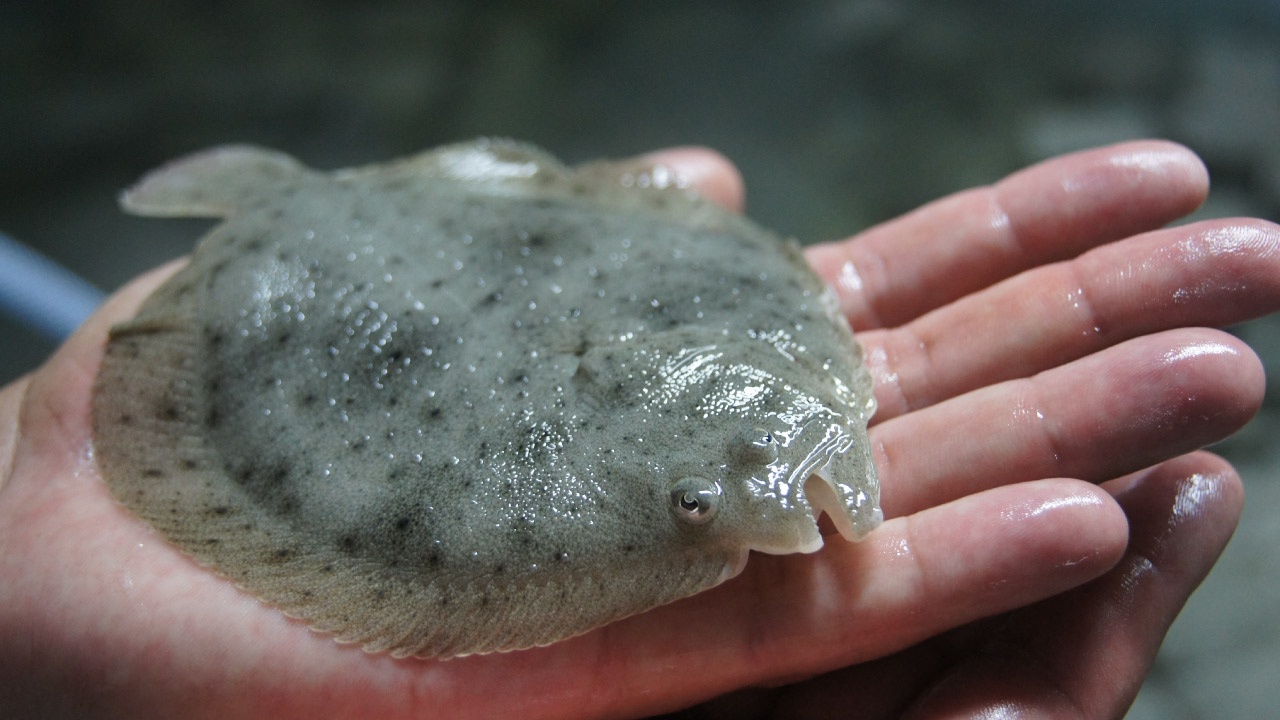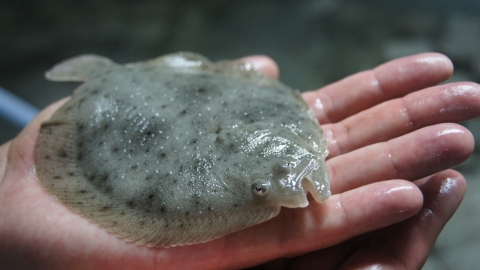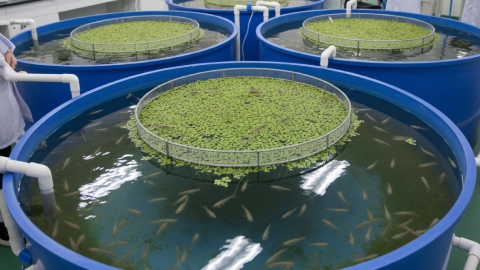
Scientists participating in the Darwing Tree of Life Project have announced the publication of a high-quality reference genome assembly for the turbot (Scophthalmus maximus), a flatfish of great interest in Mediterranean aquaculture, with Spain being the largest European producer.
The new chromosome-level genome is of exceptional quality and high detail, as 99.74% of the total 550.28 megabases of sequence have been assigned to 22 chromosomical pseudomolecules.
To understand the scope of the breakthrough, it could be said that scientists have gone from having a genetic puzzle for the turbot with thousands of jumbled pieces to a virtually complete instruction manual perfectly bound in 22 chapters (chromosomes).
This high level of detail meets the reference standards recommended by the Earth BioGenome Project, which means this genome is considered the most complete, reliable, and correctly ordered chromosome-level version available for the species.
At the researchers explain, the genome was generated from a specimen collected in Whitsand Bay, Cornwall, United Kingdom. The high quality of the assembly was confirmed by BUSCO analysis, which identified 99.0% of the expected reference gene set for ray-finned fish.
Direct Applications for Aquaculture
The availability of this reference genome is a fundamental advance with significant practical applications for turbot aquaculture, as it is an invaluable tool for understanding the genetic basis of key biological traits. This allows for the identification of genes associated with rapid growth, enabling selective breeding programmes to increase productive efficiency.
Knowledge of the genome with this degree of resolution (or precision) also makes it possible to track and select individuals genetically resistant to common diseases in the species, thereby improving viability and sustainability.
The genome is essential for researching sex determination and stock conservation, as it enables biodiversity monitoring and the understanding of genetic structures.
The researchers have deposited the genome sequence in the European Nucleotide Archive (ENA).



